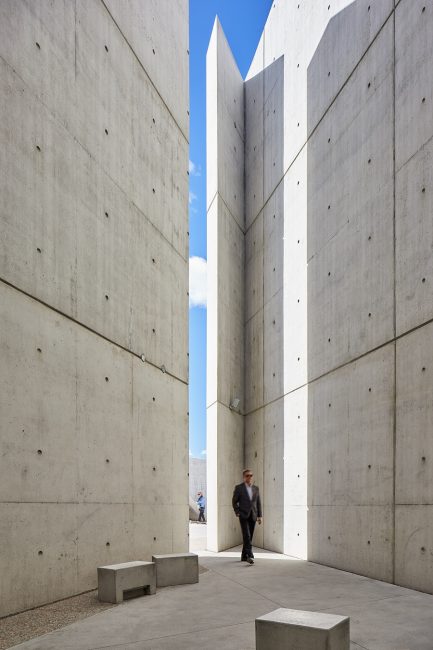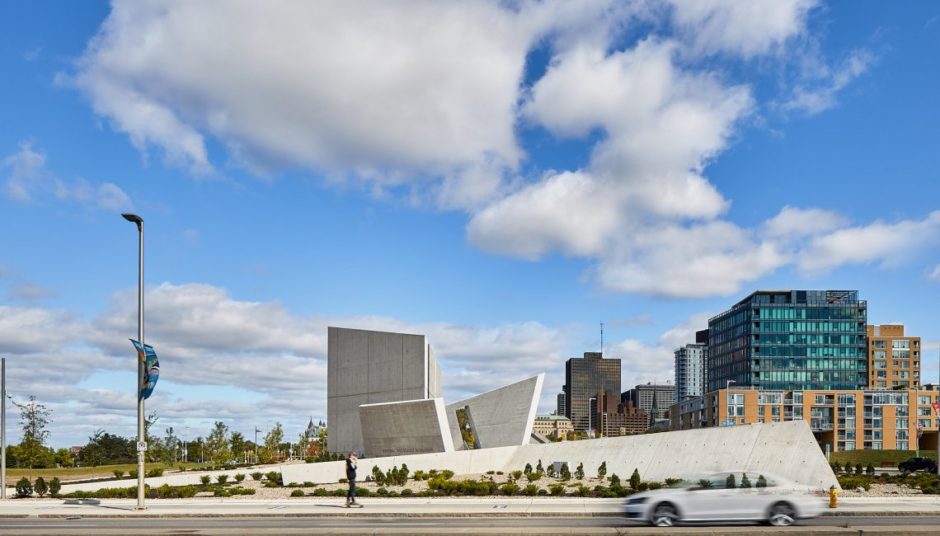Astonishingly enough, a plaque affixed to Canada’s newly-inaugurated National Holocaust Monument in Ottawa omitted an extremely important and crucial piece of information — namely that the victims of the Holocaust in Nazi-occupied Europe were Jews.
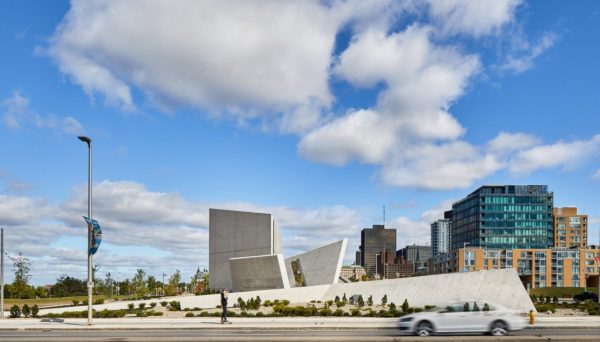
If your head is spinning in utter disbelief, so is mine.
Tens of millions of non-Jewish civilians were killed during the course of World War II, a tragedy of immense and unforgettable proportions. But the Holocaust was something uniquely different and extraordinary in the annals of history — the culmination of a meticulously organized genocidal plan hatched by Nazi Germany to wipe out Jews and Jewish existence in Europe.
The drafting committee charged with the task of writing an inscription for the plaque surely must have known that the Holocaust was all about Jews. The Nazis murdered Jews because they were Jews. Period. Yet for reasons still unknown, the inscription on the plaque blatantly ignored this salient point.
What we were left with instead was this deracinated description: “The National Holocaust Monument commemorates the millions of men, women, and children murdered during the Holocaust and honours the survivors who persevered and were able to make their way to Canada after one of the darkest chapters in history. The monument recognizes the contribution those survivors have made to Canada and serves as a reminder that we must be vigilant in standing guard against hate, intolerance, and discrimination.”
This oversight was, to say the least, shocking and incomprehensible, dishearteningly reminiscent of the days when numerous Holocaust memorials in the Soviet Union and Eastern Europe willfully ignored any mention of Jews.
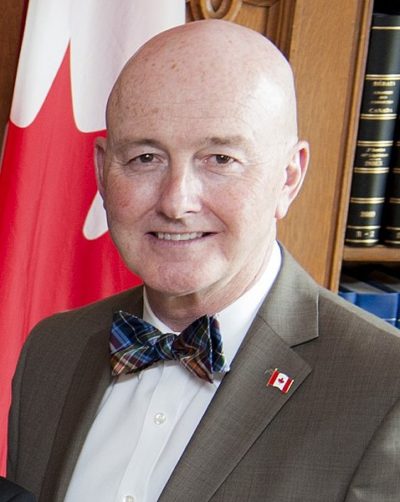
David Sweet, a member of Canada’s Parliament, was understandably offended by what he correctly described as this “profoundly obvious omission.” As he said, “If we are going to stamp out hatred toward Jews, it is important to get history right.”
Precisely.
Fortunately, Canada is not the Soviet Union.

Canadian Heritage Minister Melanie Joly, having been alerted to the egregious error, promised to rectify it as soon as possible. “The plaque has been removed and we will replace it with language that reflects the horrors experienced by the Jewish people,” she said, defusing a controversy that should not have occurred at all.
Regrettably, this is not the first time that the Canadian government of Prime Minister Justin Trudeau has stumbled over this issue. Last year, in marking International Holocaust Remembrance Day, he deliberately universalized the Holocaust by completely leaving Jews out of the narrative. He referred to that commemoration day as one “to pay tribute to the memory of the millions of victims murdered during the Holocaust.”
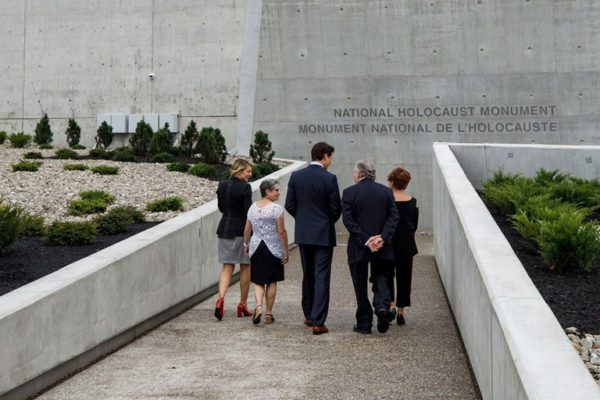
At the unveiling of the monument last week, an event attended by Holocaust survivors, Trudeau struck the right note by recognizing their ordeal and affirming Canada’s “unshakable commitment to fight antisemitism, racism, xenophobia and discrimination in all its forms.”
Considering the persistence of antisemitism in Canada, particularly during the 1930s and 1940s, when the federal government of Prime Minister Mackenzie King admitted only 5,000 Jewish refugees, this was quite a statement.
The monument, designed by Daniel Libeskind, the child of Polish Holocaust survivors, was long overdue, Canada having been the only Western ally during World War II not to have built a national Holocaust memorial.
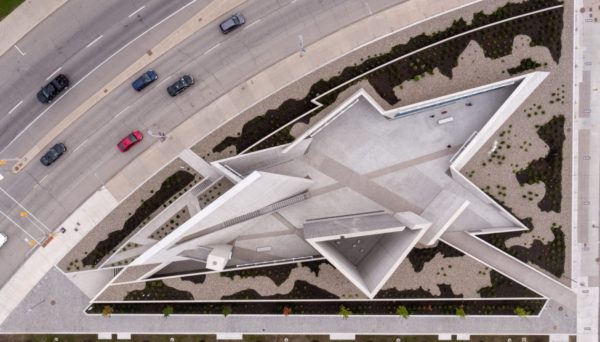
More than a decade in the planning and building, the exposed concrete monument is composed of six triangular structures configured to create the points of a star. “The star remains the visual symbol of the Holocaust – a symbol that millions of Jews were forced to wear by the Nazis to identify them as Jews, exclude them from humanity and mark them for extermination,” says a press release on Libeskind’s website.
On each of the triangular spaces are Edward Burtynsky’s monochromatic photographs of Holocaust sites such as death camps, killing fields and forests.
Coniferous trees surround the monument. They will grow tall and strong, symbolizing the contributions that Holocaust survivors and their children have made to Canadian society.
